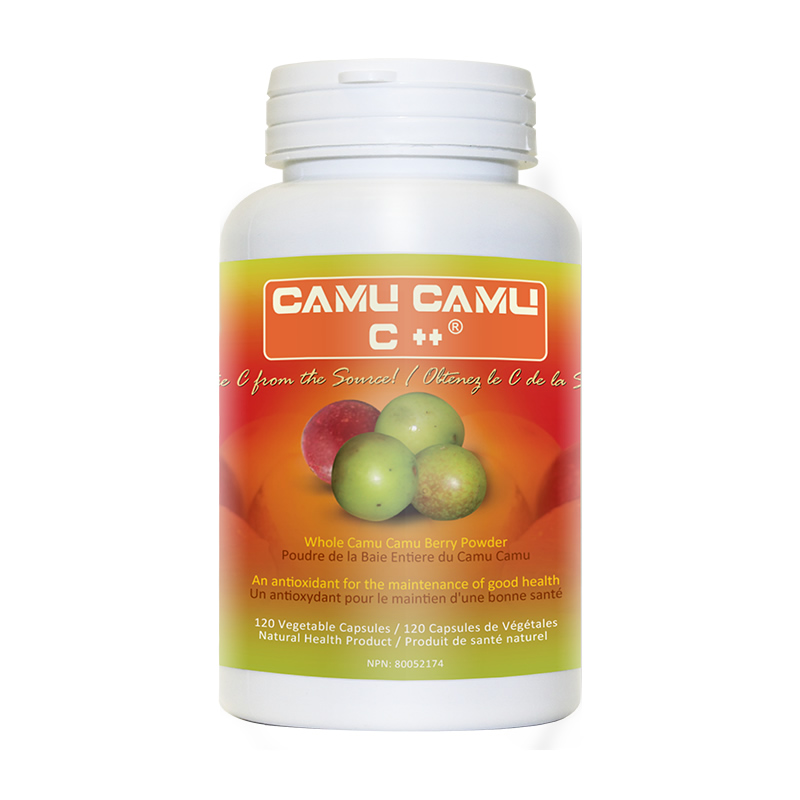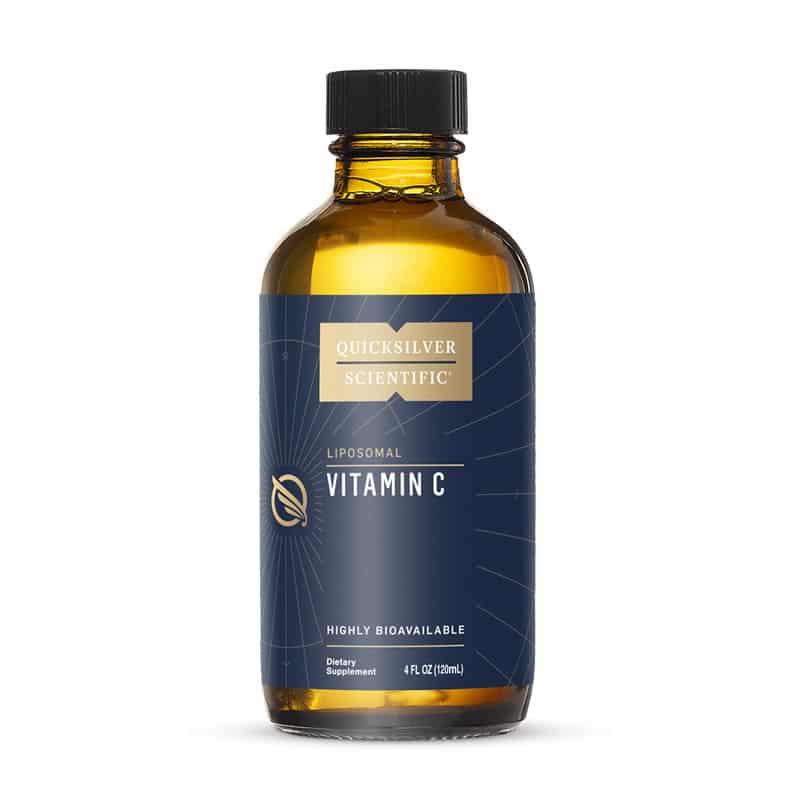No products in the cart.
Vitamin C Basics
Vitamin C is more than just an essential nutrient. Since our bodies don’t make it, so we need to get it through our diet or supplements. It is water soluble and non-toxic. There are many different forms of vitamin C.
Many people go around thinking they are getting enough vitamin C in their everyday foods. More often than not, this is just not true. Less than 10% of people are getting enough in their food. Vitamin C is also fragile and is destroyed through heat, light and oxygen.
Dr. Frederick Klenner was a doctor in the 1950’s who used high doses of ascorbic acid for some of the worst conditions out there including polio and black widow spider bites. It was his work that inspired Linus Pauling to further is research into Vitamin C. Dr. Klenner had an interesting comment about his colleagues. He noticed that some doctors would rather stand by and see their patients die than try to use vitamin C because they think that it is only a vitamin.
Vitamin C acts as a reducing agent, oxidizing agent, anti-clotting agent, antihistamine and anti-infective agent. It neutralizes toxins. Dr. Klenner used vitamin C extensively.
Injuries
A man sustained severe burns to his body. The man was rushed to the hospital. He asked the doctors to give him high doses of vitamin C in IV form. They refused. He begged them, then he threatened them. He said he would leave right now and take such high doses of vitamin C orally that he could hurt his stomach. They finally relented. His skin healed so fast it was like a miracle happened.
Why is this not a common practice with burn victims if it works so well?
Pregnancy
The need for Vitamin C during pregnancy cannot be understated. It can help all through pregnancy with keeping the skin elastic and reduces perineum tearing and stretch marks. High doses of vitamin C was shown by Dr. Klenner to help with labor, delivery and help prevent after birth bleeding. Pregnancy can use up 15g per day, which is 15,000mg. Increasing your intake of Vitamin C during pregnancy is highly recommended.
Vitamin C Myths
To make things worse, there is a lot of bad information out there demonizing vitamin C supplements. If you need large doses of vitamin C fast, IV, sodium ascorbate or liposomal vitamin C is a great way to do it.
Dr. Suzanne Humphries gave a talk in Stockholm Sweden in 2014 about vitamin C. She is one of the most knowledgeable people when it comes to using vitamin C to treat illness. She addressed some of the common myths out there in her talk. Here are some common myths:
- Doses over 1000mg are dangerous and wasteful
- Natural whole vitamin C is always best
- There is no science behind high doses of ascorbate use
- Kidney stones occur
- Diarrhea from ascorbate is dangerous
- You can get enough ascorbate from food when you are very ill
None of these myths have been properly proven clinically or scientifically.
Other Benefits
Vitamin C is an antioxidant and has an anti-histamine action and is a co-factor for many enzymes.
It helps with collagen formation, skin repair and healing.
Glucose levels can be improved with vitamin C supplementation. Those with blood sugar issues have chronically lower levels of vitamin C in their body.
There is a lot of evidence to suggest that many cardiovascular conditions are scurvy of the heart or arteries. Osteoporosis also appears to look like scurvy of the bones. We have a serious vitamin C deficiency problem in North America.
Different Forms of Ascorbate
You may see articles and supplements talking about buffered vitamin C. Buffered C is made my combining a mineral with ascorbic acid. This makes it less acidic for use in higher dosages. If you are sensitive to ascorbic acid, then try a buffered form.
Ascorbic Acid
This is the most common form of vitamin C. The Ascorbic acid molecule in an orange is exactly the same as the ascorbic acid molecule in a supplement. They are chemically identical. There is no harm in taking an ascorbic acid supplement on a daily basis using a maintenance dose. As always, we want to avoid cheap drug store brands that are loaded with binders, fillers, artificial colors, artificial sweeteners or sugary chewable tablets or gummies.
Sodium Ascorbate
This is a buffered form of vitamin C and is a great form to use when you feel like you are getting sick, or are sick. It is the form that Dr. Humphries uses in her Whooping Cough protocols, even in babies and small children in high doses.
Calcium Ascorbate
This was made popular by the brand name Ester-C. It is ascorbic acid, buffered with calcium. This makes it less acidic, but the amount of calcium would not be suitable for taking very high doses when needed.
Liposomal
Liposomal products deliver the nutrients straight into your bloodstream. This is a great choice for people who have compromised gut health, the elderly and anyone who suffers from poor absorption of their nutrients.
Whole Food Sources
While whole food sources are touted as “better” by some, they are by no means better for every situation. If you need high oral doses fast, a sodium ascorbate is better, not to mention more cost effective and far easier to dose. Whole food sources can be great to take for maintenance doses on a daily basis.
Camu is a popular “whole food” vitamin C. However, you must be careful where you source it from. Rainforests are being decimated to plant more Camu and it is not being sustainably harvested. You need to look for a source that is sustainably harvested and grown.
Most Camu supplements have also been heated to dry the berries, and then vitamin C is added back in afterwards. Our Uhtco Camu Camu that we carry has been dried carefully so as to not disturb the vitamin C content. It is also wild-harvested in a sustainable fashion. No rainforests were cut down, nor were any animals murdered in the process.
Indian Gooseberry or “Amla” is another good source, as long as it hasn’t been heated in the drying process. It is a more sustainable and environmentally friendly source than most Camu Camu out there.
Acerola Cherry is another good whole food source of C if you can find one that is not heated during the manufacturing process.
Dosage
The RDA is only 75-90mg per day. That is barely enough to prevent scurvy. Just barely preventing health issues it not optimal health by any means. The evidence alone of people being sick all the time should be enough to tell us that something is wrong with the RDA.
For daily use, take 30mg per kilogram of body weight per day, in divided doses. What does that mean? It means that if you need to take 1800mg per day, you can split that in half and take 900mg in the morning, and 900 in the late afternoon.
As soon as you start feeling a bit ill, increase your dosage of Vitamin C right away. If you get a bite, take a dose of Vitamin C and if it is a serious bite, take your Vitamin C and head to the hospital.
When you feel a cold or a flu coming on, then taking 50-100mg per kilogram of body weight per day of sodium ascorbate is perfectly safe.
One of the ways you can tell if you are using enough is something we call “bowel tolerance”. If you start to get diarrhea, you have taken too much. Back off your dosage until you don’t get diarrhea anymore. Just make sure you are drinking plenty of water and replenishing your electrolytes if you are having loose bowels as well.
Learn more about using Vitamin C for illness in this video by Dr. Suzanne Humphries.
For Vitamin C treating illness and poisoning you can read the works of Dr. Klenner







